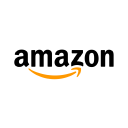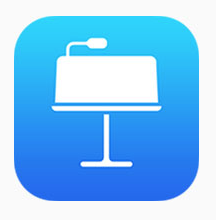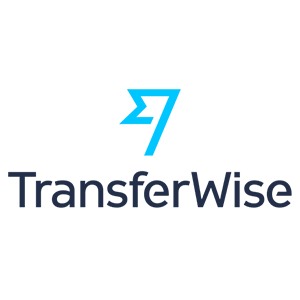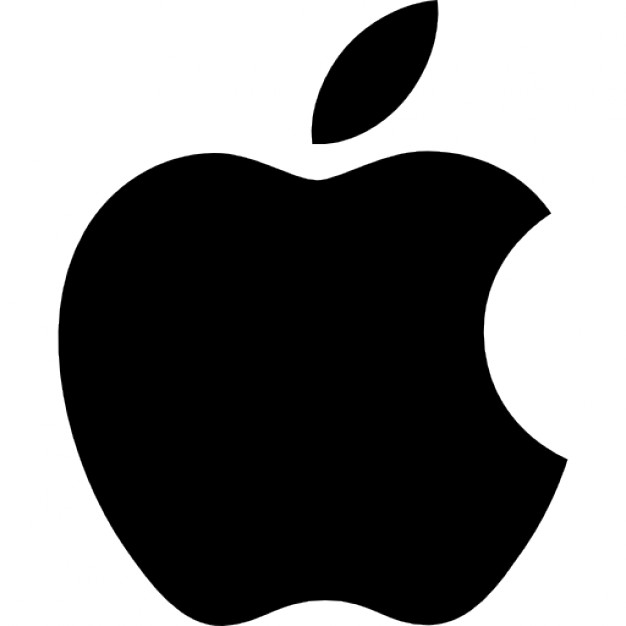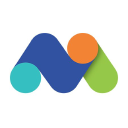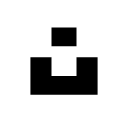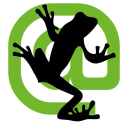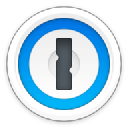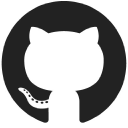
How I Developed A $500/Month App To Create Citations And Bibliographies
Hello! Who are you and what business did you start?
Hello! My name is Cenk Özbakır, and I’m the founder of Citationsy — in an online referencing generator for people who value simplicity, privacy, and speed. I founded Citationsy in 2017 after the reference manager I was using at the time, RefMe, was shut down.
With Citationsy you can create bibliographies, references, and footnotes for your essays, papers, or dissertations. Just paste the link or search for the book/paper you want to cite, and Citationsy does the rest. We have over eight thousand referencing styles (like APA, MLA, DIN, Harvard, etc.) built-in. Citationsy grew from nothing in late 2017 to over 200,000 users as of February 2020, all through word-of-mouth and SEO.

What's your backstory and how did you come up with the idea?
One thing I really enjoyed at university, believe me, or not, was writing essays. I used an online citation generator called RefMe to help me with this – I never really learned to manually do my references. One day, long after I had finished university and moved to Stockholm to work at a startup, I got an email from RefMe informing me that they were being shut down and replaced by CiteThisForMe.
Keep a blog, write a newsletter, get your thoughts out there. Tell people why you did something, not just that you did it. The more people know about you and your product the more they want to use it and like it.
It was immediately obvious that the reason people loved RefMe — a clean interface, speed, no ads, simplicity of use — did not apply to CiteThisForMe. My girlfriend at the time kept telling me I should build an online reference generator to replace RefMe, and eventually, I did! It turned out to be easier than I thought to get a rough prototype up. After the blog post I wrote about the process got mildly popular, people started signing up and sending me feedback.
Take us through the process of designing, prototyping, and manufacturing your first product.
During the initial prototyping, I laid out the interface in grey blocks in Sketch and uploaded these screenshots to Marvel, where I quickly put together a working prototype to try out the feel of it. Once I had ironed out the initial UX and UI issues; from there I built the whole thing in HTML. Finally, I wired it up to a backend once I was happy with the frontend. This was the first time I built an entire product on my own, so I didn’t really have a good idea of how to do things. One thing I’d do in hindsight is to build the whole thing in Ruby on Rails.
Initially, I worked on Citationsy next to my regular startup job, expanding on features and UI slowly.
I hosted everything on a single droplet on DigitalOcean, which cost me $5 a month for the first couple of months. Eventually, I upgraded to a larger server and separated the database from the main server, but $5 a month will get you pretty far if you stick to the basics.
The interface was pretty bare-bones back then, with no real logo and no color at all. I also had not figured out the correct workflow yet – your bibliography was not displayed in your referencing style until you reached the final “export” step and chose the citation style.

Early feedback helped me fix all of this, but even back then people were signing up like crazy.
I left Stockholm in August 2018 and started living on the road. I finally went full-time (or as I said it back then, F**k it, I’m going all-in) on Citationsy in the beginning of 2018, while sitting in my hotel room in Istanbul. Since then I have been working on finding a sustainable business model and acquiring new users. In Hanoi, I added an Android app, and while in my 25th-floor apartment in Kuala Lumpur I built Chrome and Firefox extensions, and finally in late 2019 from Buenos Aires I built our brand-new UI and logo (with help from my friends at Büro 222).
Describe the process of launching the business.
After publishing the Medium post, users slowly started to trickle in. The largest influx of users came after I started the blog and started ranking for a couple related keywords. SEO really is the gift that keeps on giving, bringing in thousands of visitors a day. I never spent any money on marketing or Google ads, meaning my customer acquisition cost is essentially zero. I have become quite experienced in SEO through this whole journey (feel free to hit me up for questions/advice: [email protected]).
My costs, in the beginning, were so low that I just paid it all myself, and very quickly the business started to cover its own costs. I now run a healthy profit (my accountant is not a fan of this and thinks I should be spending more money in order to make less of a profit and pay fewer taxes).


Since launch, what has worked to attract and retain customers?
One big channel for getting feedback from my customers was the email newsletter. Almost everyone clicked the checkbox on signup saying they wanted to receive the Citationsy newsletter (my advice: put in some links to examples next to the checkbox so users know what they are getting into).
I initially set the newsletter up on Mailchimp, but very quickly surpassed their free capacity. For newsletters that don’t actively make money using Mailchimp, it’s simply not sustainable after a certain amount of subscribers – for example with my current number of subscribers it would cost more than $700/month. So instead I run Mailtrain on my own VPS and send the emails through AWS SES. This is a technically much worse solution with slightly worse deliverability, lots of manual work to tie everything together, but ends up costing about $15 every time I send out a newsletter.
Regularly hearing from me encourages users to not forget about me and come back, and regularly asking and receiving feedback has been invaluable.
How are you doing today and what does the future look like?
As of February 2020, Citationsy has grown to over 200,000 users and is making a profit every month. The goal right now is to get more users, and especially to get more users to pay for the Pro version. The main problems are that the free version is too good, and students tend not to have a lot of money. We just redesigned our upgrade flow and early signs are looking good.
Our servers cost between $80 and $100 per month, which is low compared to what a comparable setup would cost on AWS.
Right now I am working on getting more users and getting more users to upgrade from the free product to the paid Pro version. Most users still find the site through SEO, so that is a major focus.

Through starting the business, have you learned anything particularly helpful or advantageous?
Speed – it’s better to get something shitty out than have something perfect arrive too late. Everyone keeps saying this but no-one really does it, because releasing something bad is hard. Anyone can put something amazing and perfect out into the world, but going public with something that obviously needs massive improvement is difficult and embarrassing.
Feature Creep – It’s very tempting to add more and more features to see what will stick. I found that sticking to the basics and thinking long and hard about what to add next is worth it in the long run. Get the initial idea out there fast, and slowly improve things.
Friends – Don’t be scared to ask old and new friends for feedback. In my experience, everyone working in the same field as me is very nice and helpful, and interested in helping a colleague out.
Partnerships – This one amazing partnership would be so good and bring in so many customers! That is almost never true. Yes, there are make-or-break partnerships, but you can’t rely on that. Make yourself most attractive to potential partners by not needing them.
Writing – Keep a blog, write a newsletter, get your thoughts out there. Tell people why you did something, not just that you did it. The more people know about you and your product the more they want to use it and like it.
What platform/tools do you use for your business?
For all the coding work I use Coda from Panic Software. It’s a fantastic Mac app that I have gotten very accustomed to. The only thing I use Atom for is its Git integration, which is very easy to use.
For analytics, I use Matomo. It’s self-hosted and has a mode where it does not set cookies.
For writing blog posts, newsletters, and general notes and thoughts I make extensive use of iA Writer on both my Mac and my iPhone.
For project management and our public roadmap, I use Trello.
What have been the most influential books, podcasts, or other resources?
- The Shape of Design
- patio11
- Cabel Sasser’s XOXO Talk
- The Web’s Grain
- How to Get Filthy Rich in Rising Asia
Advice for other entrepreneurs who want to get started or are just starting out?
Validate your idea before committing — Put together a landing page (you really should learn HTML and CSS but if you can’t use Squarespace or something) and see if anyone is interested.
Don’t spend any money you don’t have to – Don’t register your trademark before launching. Don’t incorporate it before you have money coming in. Don’t pay for AWS if a normal 5 Dollar VPS will do. Don’t rent an office if you can work from home or a café. Keep things lean, both on the business end and the tech stack.
Customers don’t give a shit about what sparkly new tech you are using (OK, some customers do, but not most of them). Find a non-techie person, set them in front of a site built with React and a site built with plain HTML, and see if they even notice the difference. You will find yourself shouting “But look! The loading bar at the top doesn’t change!” but no-one cares about that, so save yourself the trouble and don’t over-engineer things before you have to.
Avoid money sinks – Ads on Google and especially Facebook are usually a waste of time. Can you build a great business if most of your customers come in through paid CPC advertising? Yes, but you can save a whole lot of money if you don’t go down that road. CPC is addictive. Outsourcing programming is another money sink. If you can’t build the product yourself you will have to find someone to build it for you, yes. It’s better to find a technical co-founder or hire a tech person than to outsource. If you outsource you will have to go back to the agency for every change you want, costing you more money. In my opinion, it’s better to build this expertise in-house. On the other hand, where else can you get a team of world-class programmers for just a couple of months? But be aware of the potential downsides.
Are you looking to hire for certain positions right now?
Can you sell Citationsy to universities and schools? Get in touch.
Where can we go to learn more?
If you have any questions or comments, drop a comment below!

Download the report and join our email newsletter packed with business ideas and money-making opportunities, backed by real-life case studies.

Download the report and join our email newsletter packed with business ideas and money-making opportunities, backed by real-life case studies.

Download the report and join our email newsletter packed with business ideas and money-making opportunities, backed by real-life case studies.

Download the report and join our email newsletter packed with business ideas and money-making opportunities, backed by real-life case studies.

Download the report and join our email newsletter packed with business ideas and money-making opportunities, backed by real-life case studies.

Download the report and join our email newsletter packed with business ideas and money-making opportunities, backed by real-life case studies.

Download the report and join our email newsletter packed with business ideas and money-making opportunities, backed by real-life case studies.

Download the report and join our email newsletter packed with business ideas and money-making opportunities, backed by real-life case studies.
